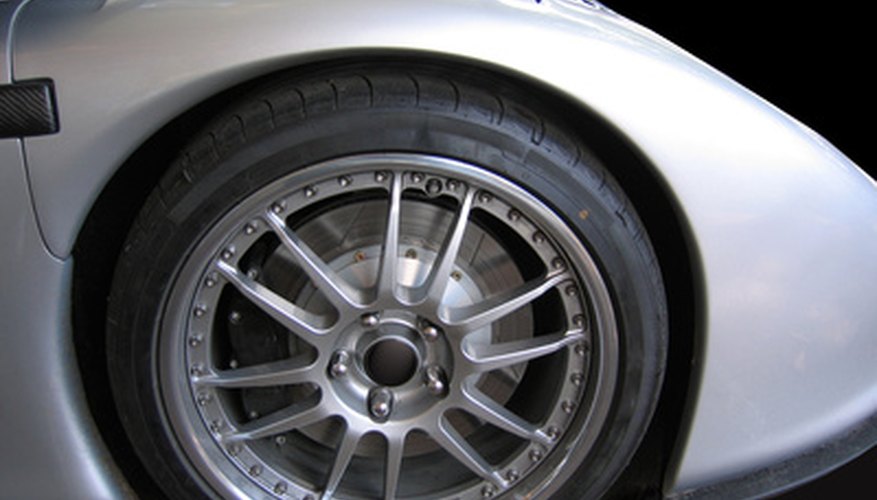When it comes to modifying and tuning cars, a lower, stiffer suspension is right up there with an aftermarket set of wheels. A vehicle with a ground-hugging stance looks great and also (usually) handles better. A lower suspension reduces body roll and excess movement and can help a vehicle feel more nimble and keyed into the road. However, there can be problems with cars that have been lowered to an extreme degree, one of which is difficulty raising it with a floor jack. Many jacks are simply too high to fit under a lowered vehicle.
- When it comes to modifying and tuning cars, a lower, stiffer suspension is right up there with an aftermarket set of wheels.
- Many jacks are simply too high to fit under a lowered vehicle.
Stack a couple of pieces of thin wood in front of the tires. One of the simplest solutions to raising a lowered vehicle is to drive one end of it onto a couple of boards. Try two one-by-twos stacked on top of each other just in front of the wheels and tires.
Drive the vehicle up onto the stack of wood. Slide your jack underneath the car once it has been driven up onto the platform to see if it is high enough. If it still isn't high enough, add another piece of wood to the stack. You may need to stack the wood in a couple of steps so that the car can be driven up onto it.
- Drive the vehicle up onto the stack of wood.
- You may need to stack the wood in a couple of steps so that the car can be driven up onto it.
Use a low profile jack, which features a jacking pad that is lower than the pad on a conventional jack and is designed specifically with performance cars in mind. A low profile jack may, in fact, be low enough that you may not need to use the wood platform at all.
Drive the vehicle up onto ramps. If you do not need to remove the wheels once you have raised your lowered vehicle, then you can simply drive it up onto ramps. Just make sure you use ramps that are shallow enough that they make contact with your vehicle. You can also jack the vehicle up once it has been driven up onto the ramps.
